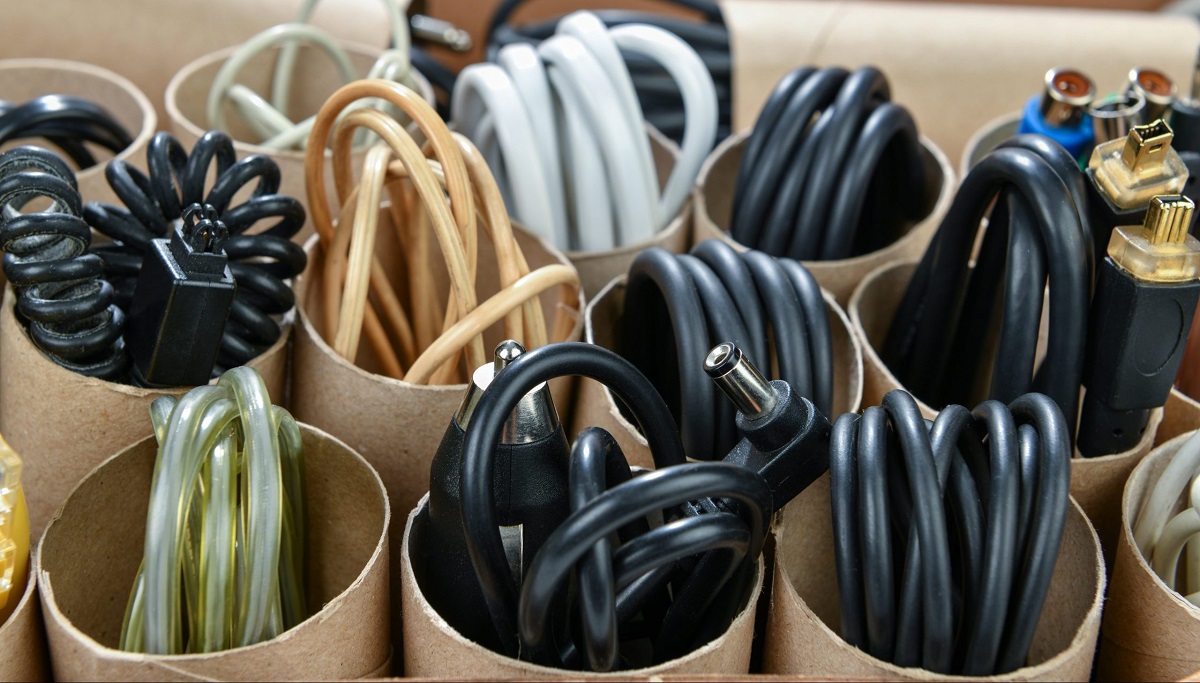

Articles
How To Store Wires
Modified: May 6, 2024
Learn how to store and organize your articles efficiently with our step-by-step guide on wire storage. Say goodbye to tangled messes and hello to easy access!
(Many of the links in this article redirect to a specific reviewed product. Your purchase of these products through affiliate links helps to generate commission for Storables.com, at no extra cost. Learn more)
Introduction
Proper wire storage is essential for anyone who works with electrical or electronic equipment. Wires are a crucial component in any electrical system, and ensuring their longevity and effectiveness is vital. Whether you are a professional electrician, a DIY enthusiast, or simply someone who wants to keep their cables organized, understanding the importance of wire storage is key.
In this article, we will explore the different types of wires commonly used, the significance of proper wire storage, and provide practical tips and suggestions for organizing, labeling, and maintaining your wires. By implementing these strategies, you can minimize tangles, prevent damage, and increase the overall efficiency of your wire management.
Let’s dive in and discover the best practices for wire storage to ensure you have a seamless and hassle-free experience when working with electrical connections.
Key Takeaways:
- Proper wire storage is crucial for maintaining wire functionality and longevity. Organize, label, and choose appropriate storage solutions to prevent damage, enhance safety, and improve efficiency.
- Tangle-free storage, regular maintenance, and proper cleaning are essential for preserving wire integrity and optimal performance. Invest time in wire storage to save time, prevent hazards, and extend wire lifespan.
Read more: How To Store Cables And Wires
Types of Wires
Before delving into wire storage techniques, it’s essential to have a basic understanding of the different types of wires that you may encounter. Here are a few common types:
- Electrical Wires: Electrical wires are used to conduct electricity from a power source to various electrical devices and appliances. They are typically made of copper or aluminum and are available in various gauges.
- Data Cables: Data cables, also known as network cables, are used for transmitting data between devices like computers, routers, and modems. Examples of data cables include Ethernet cables and USB cables.
- Audio and Video Cables: These cables are designed to transmit audio and video signals between devices. Examples include HDMI cables, RCA cables, and optical audio cables.
- Coaxial Cables: Coaxial cables are commonly used for transmitting cable TV and internet signals. They consist of an inner conductor, insulation, a metallic shield, and an outer cover.
- Speaker Cables: Speaker cables are used to connect audio devices to speakers and amplifiers. They have specialized connectors and are designed to carry high-quality audio signals.
Understanding the different types of wires you may encounter is crucial for effective wire storage. Each type has its own characteristics and requirements, so it’s important to consider these factors when choosing an appropriate storage solution.
Importance of Proper Wire Storage
Proper wire storage is more than just a matter of organization; it plays a crucial role in maintaining the functionality and longevity of your wires. Here are several key reasons why proper wire storage is important:
- Prevention of damage: Storing wires haphazardly can lead to tangling, bending, or crushing, resulting in damage to the insulation or the wires themselves. This can lead to degraded signal quality, electrical shorts, or even complete cable failure.
- Efficient troubleshooting: When wires are well-organized and labeled, it becomes much easier to locate and identify the specific cable needed for troubleshooting or maintenance. This saves valuable time and minimizes the chances of making mistakes.
- Enhanced safety: Proper wire storage reduces the risk of accidents such as tripping over tangled wires or inadvertently pulling on cables connected to fragile equipment. It also minimizes the chances of exposed wires coming into contact with water or other hazardous substances.
- Improved efficiency: By organizing and storing wires properly, you can easily access the cables you need when setting up or reconfiguring your electrical or electronic systems. This streamlines the installation process and reduces downtime.
- Longer lifespan: When wires are stored correctly, they are less likely to undergo unnecessary wear and tear. Properly stored wires can maintain their integrity longer, ultimately extending their lifespan and saving you money on replacements.
By recognizing and embracing the importance of proper wire storage, you can ensure that your electrical and electronic systems operate efficiently and reliably while reducing the risk of accidents and unnecessary expenses.
Choosing an Appropriate Storage Solution
When it comes to wire storage, selecting the right storage solution is crucial for keeping your wires organized, protected, and easily accessible. Here are some factors to consider when choosing an appropriate storage option:
- Wire capacity: Evaluate the amount of wire you have and choose a storage solution that can accommodate your collection. Consider factors such as the length and thickness of the wires.
- Storage space: Assess the available space in your workshop, garage, or storage area. Determine whether you need a wall-mounted option, a freestanding unit, or portable storage solutions.
- Protection from the elements: If your storage area is exposed to dust, moisture, or extreme temperatures, opt for storage options with covers or protective cases to shield the wires from these elements.
- Accessibility: Look for storage solutions that provide easy access to individual wires. This can include features such as pull-out drawers, open shelves, or compartments for each wire.
- Labeling options: Choose storage solutions that allow for clear labeling of wires. This can be through built-in labels, removable tags, or the ability to attach labels directly to the storage unit.
- Flexibility and expandability: Consider whether the storage solution can accommodate future additions to your wire collection. Look for systems that are modular or can be customized to fit your changing needs.
Additionally, consider the specific requirements of the type of wires you are storing. For example, delicate fiber optic cables may require specialized storage options to ensure their protection and prevent signal degradation.
By carefully choosing an appropriate storage solution, you can ensure that your wires are properly organized, protected, and easily accessible when needed. This not only saves time and effort but also prolongs the lifespan of your wires.
Use cable organizers or zip ties to keep wires neatly coiled and labeled. Store them in a designated container or drawer to prevent tangling and damage.
Organizing and Labeling Wires
Once you have selected an appropriate storage solution, the next step is to organize and label your wires effectively. Proper organization and clear labeling make it easy to identify and retrieve the desired wire quickly. Here are some tips for organizing and labeling wires:
- Categorize by type: Group wires based on their purpose or type, such as electrical wires, data cables, or audio-video cables. This makes it easier to locate the specific wire you need.
- Use color coding: Assign different colors to specific types of wires or designate colors for different lengths. This visual cue allows for quick identification and reduces the chances of grabbing the wrong wire.
- Label each wire: Attach labels or tags to each wire, indicating its purpose, location, or device it connects to. Use clear and durable labels that won’t fade over time, making it easy to read and understand the information.
- Utilize cable ties or Velcro straps: Keep wires neatly bundled together using cable ties or Velcro straps. This prevents tangling and makes it easier to manage and access individual wires when needed.
- Arrange wires by length: Sort wires by length and store them accordingly. This helps to quickly locate the desired length without the need to untangle or measure the wires each time.
- Consider cable management solutions: Attach cable management solutions, such as cable clips or cable conduits, to walls or desks to keep wires organized and prevent them from dangling or tangling.
Remember to periodically review and update your labels and organization system as your wire collection changes or expands. Regular maintenance ensures that your wires remain properly organized and easily accessible.
By implementing these organizing and labeling techniques, you can effectively manage and maintain your wire collection, saving time and minimizing frustrations when searching for the right wire.
Read more: How To Wire A Chandelier With A Ground Wire
Tips for Tangle-Free Storage
Tangled wires can be a frustrating and time-consuming issue to deal with. To ensure tangle-free storage, here are some helpful tips:
- Wrap wires properly: To prevent tangling, coil each wire neatly before storing it. Avoid tight coils, as they can lead to kinks and damage. Instead, create loose loops or figure-eight wraps.
- Use dedicated spools or reels: Invest in wire spools or reels that are specifically designed for storing and unwinding wires. These spools keep wires organized and eliminate the chances of tangling.
- Use twist ties or cable wraps: Secure each wrapped wire with a twist tie or a cable wrap. This helps to keep the wire in place and prevents it from unraveling or getting entangled with other wires.
- Separate wires by type or length: If you have multiple types or lengths of wires, consider using separate compartments or sections within your storage solution. This keeps different wires from intertwining and reduces the risk of tangles.
- Avoid overstuffing storage containers: Ensure that your wire storage containers or drawers are not overcrowded. Overstuffing can lead to tangling and make it difficult to remove or add wires without causing a mess.
- Label the ends of wires: Attach small labels or tags to the ends of wires that are stored together. This makes it easier to identify and retrieve the correct wire without having to untangle them.
- Regularly untangle and organize: Dedicate some time every few months to untangle any wires that may have become twisted. Reorganize your storage system as needed to maintain order and prevent future tangles.
Implementing these tips for tangle-free storage will save you time and frustration when retrieving wires. It also helps to extend the lifespan of your wires by preventing unnecessary strain or damage during storage.
Cleaning and Maintaining Stored Wires
Proper cleaning and maintenance of stored wires not only keeps them in good condition but also ensures their optimal performance. Follow these tips for cleaning and maintaining your stored wires:
- Regular dusting: Dust and debris can accumulate on stored wires over time. Use a soft, dry cloth or a compressed air canister to gently remove any dust or dirt from the wires.
- Inspect for damage: Periodically inspect your stored wires for any signs of damage, such as frayed insulation, exposed wiring, or bent connectors. Replace any wires that show signs of wear or damage to avoid potential hazards.
- Avoid exposure to moisture: Moisture can corrode wires and compromise their integrity. Store your wires in dry areas away from sources of moisture or humidity to prevent damage.
- Check for pests: Insects or rodents can damage wires by chewing through the insulation. Regularly inspect your storage area for any signs of pests and take appropriate measures to eliminate them.
- Avoid extreme temperatures: Extreme temperatures, both hot and cold, can affect the performance and longevity of wires. Store your wires in a controlled environment to minimize temperature fluctuations.
- Avoid excessive bending: Excessive bending or kinking can damage the internal wiring of the cables. Handle stored wires with care and avoid sharp bends or twists that may strain the wires.
- Store excess lengths properly: If you have excess lengths of wires, coil them loosely and secure them in a way that minimizes stress on the wires. Avoid tightly wrapping or bending the wire excessively, as it can reduce its lifespan.
Regularly cleaning and maintaining your stored wires is essential for their longevity and performance. By following these practices, you can ensure that your wires are in optimal condition when you need to use them.
Conclusion
Proper wire storage is not only about organization; it’s a crucial aspect of maintaining the functionality and longevity of your wires. By implementing the strategies outlined in this article, such as choosing an appropriate storage solution, organizing and labeling wires, ensuring tangle-free storage, and cleaning and maintaining stored wires, you can enhance your wire management practices.
Understanding the different types of wires you work with and selecting an appropriate storage solution based on your specific needs are the first steps towards efficient wire storage. Organizing and labeling wires allows for easy identification and retrieval, while tangle-free storage prevents damage, frustration, and time wastage.
Additionally, regular cleaning and maintenance of stored wires ensures their optimal performance and longevity. By avoiding exposure to moisture, excessive bending, extreme temperatures, and pests, you can preserve the integrity of your wires and prevent potential hazards.
Taking the time to properly store and maintain your wires demonstrates a commitment to safety, efficiency, and professionalism. It saves time, enhances troubleshooting capabilities, facilitates quick and effective installations, and extends the lifespan of your wires.
Whether you are a professional electrician or a DIY enthusiast, investing time and effort into proper wire storage is a worthwhile endeavor. By following the guidelines provided in this article, you can ensure that your wire management practices are efficient, organized, and hassle-free.
Remember, the key to successful wire storage is finding the right balance between organization, accessibility, and protection. Prioritize the safety and longevity of your wires by implementing these best practices in your storage routine.
Ready to step up your wire storage game? Dive into our latest article on "11 Best Wire Storage For 2024" for more savvy solutions. After mastering the basics right here, you'll be thrilled to discover innovative systems that can organize your wires even more effectively. Get set for a clutter-free environment where every cable has its place, making your daily tasks smoother and your spaces neater.
Frequently Asked Questions about How To Store Wires
Was this page helpful?
At Storables.com, we guarantee accurate and reliable information. Our content, validated by Expert Board Contributors, is crafted following stringent Editorial Policies. We're committed to providing you with well-researched, expert-backed insights for all your informational needs.
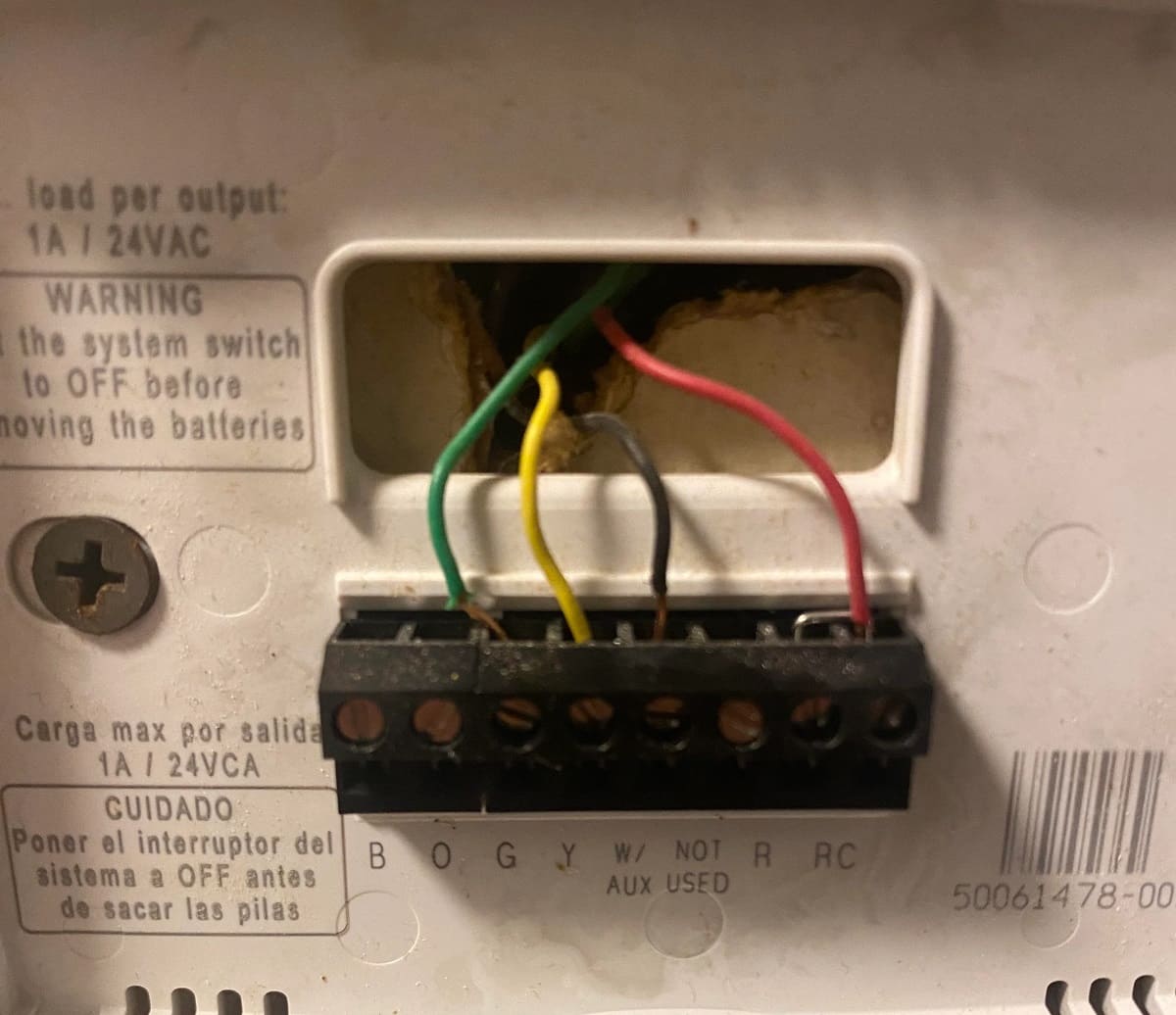
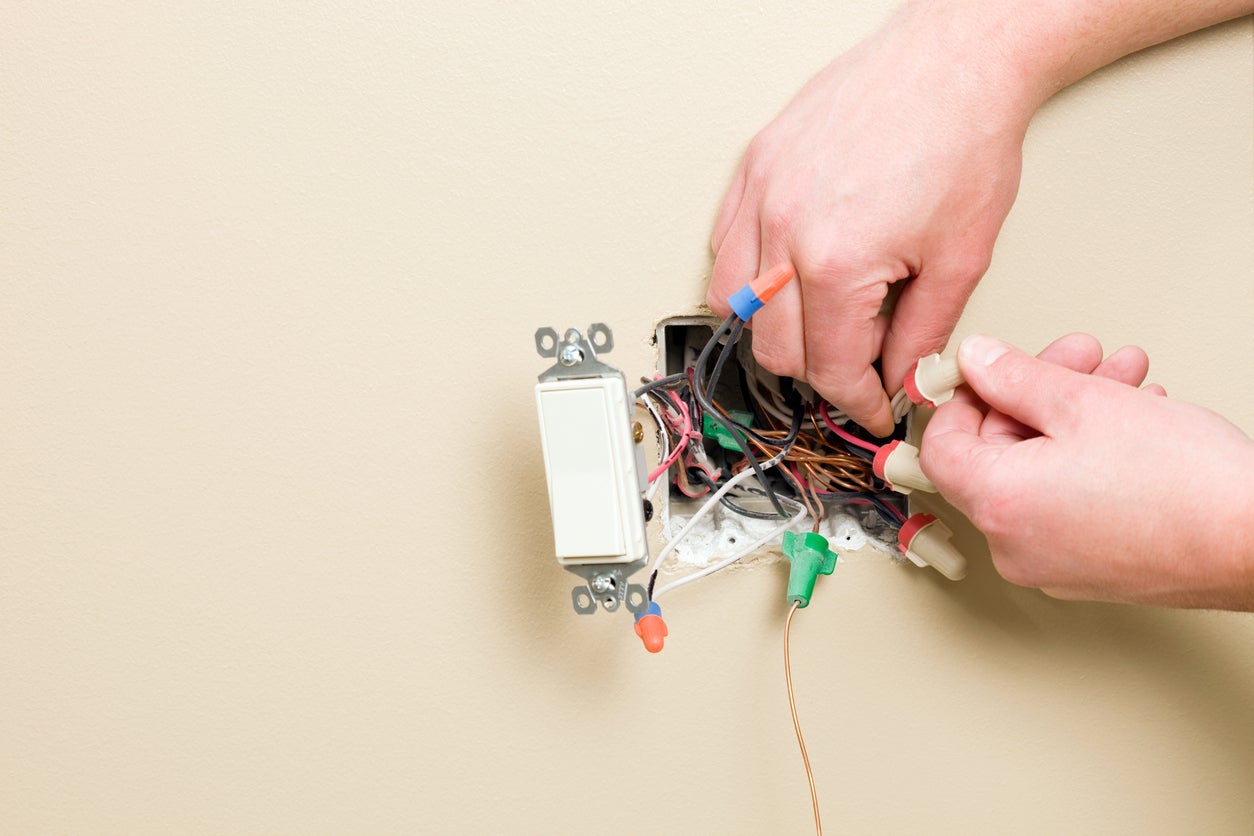
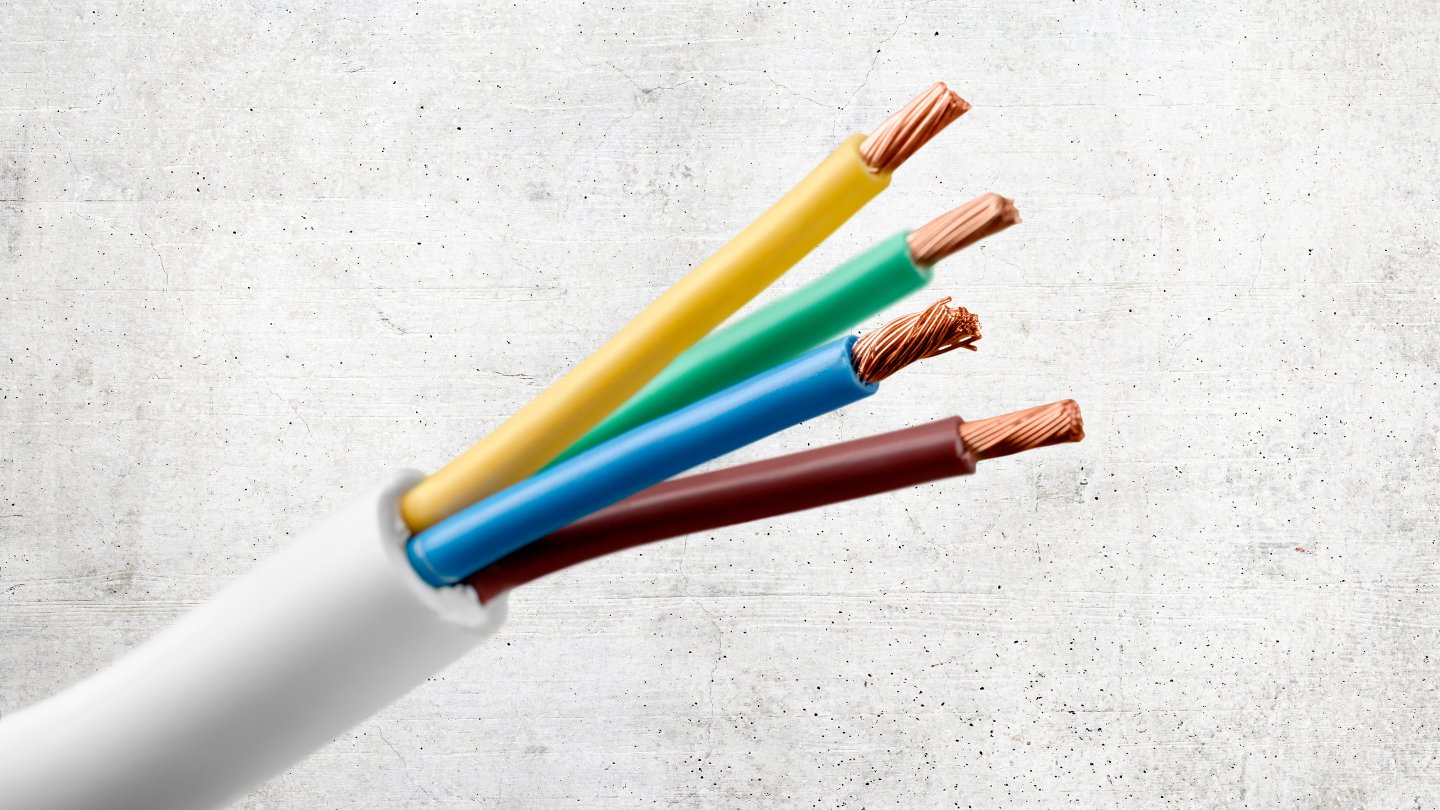
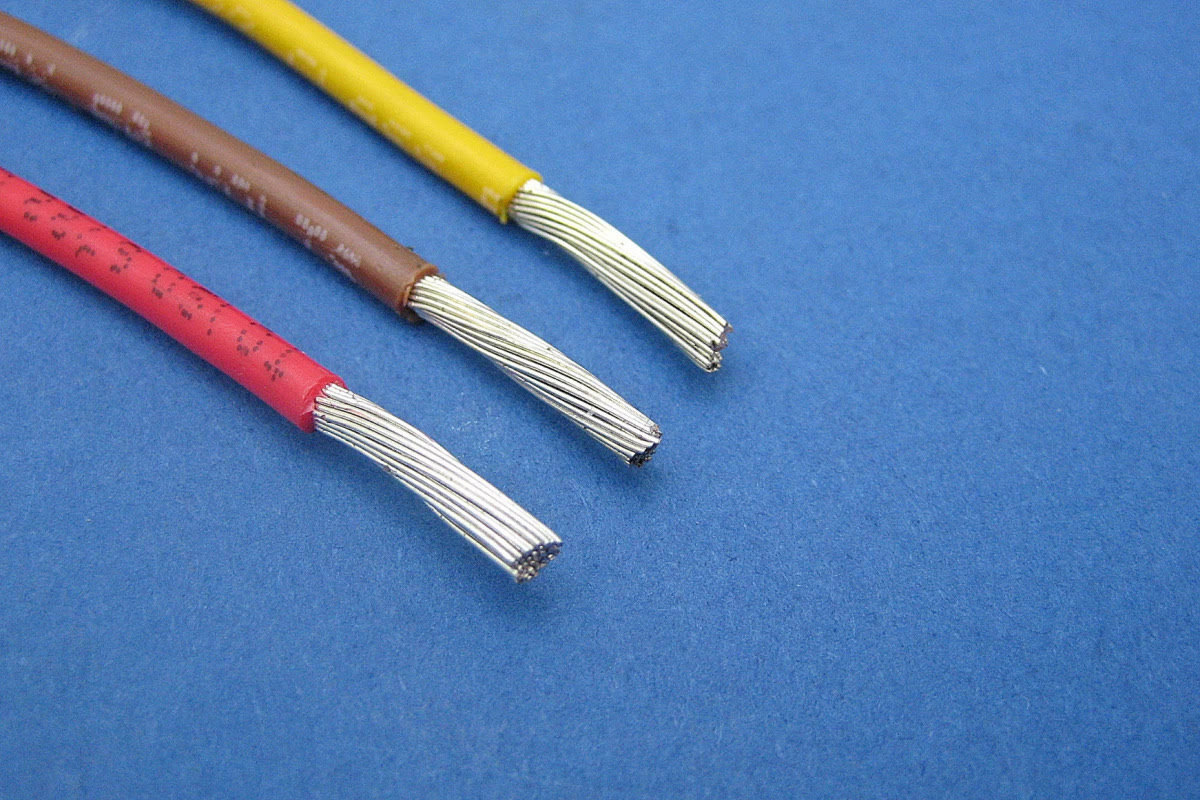
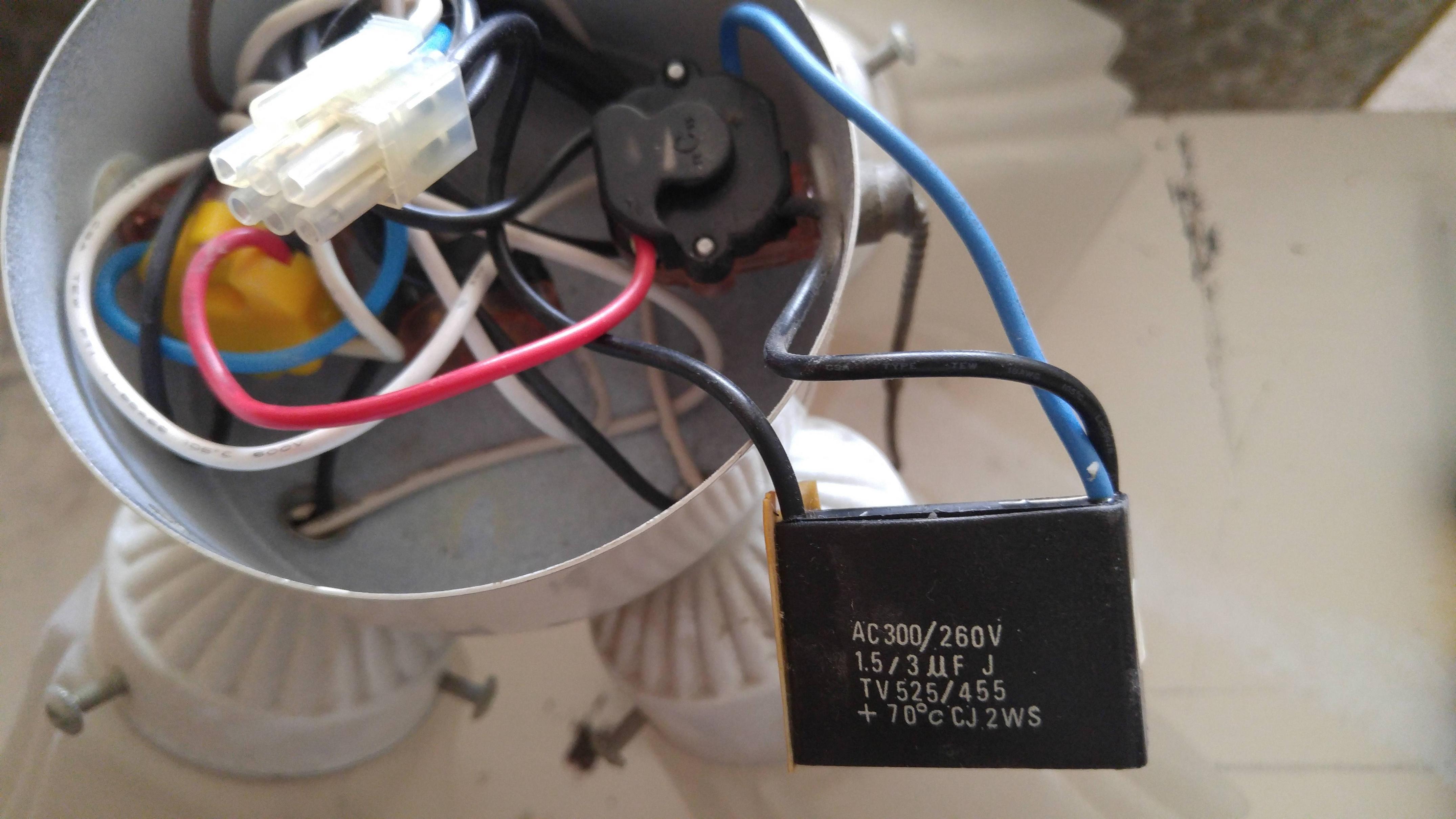
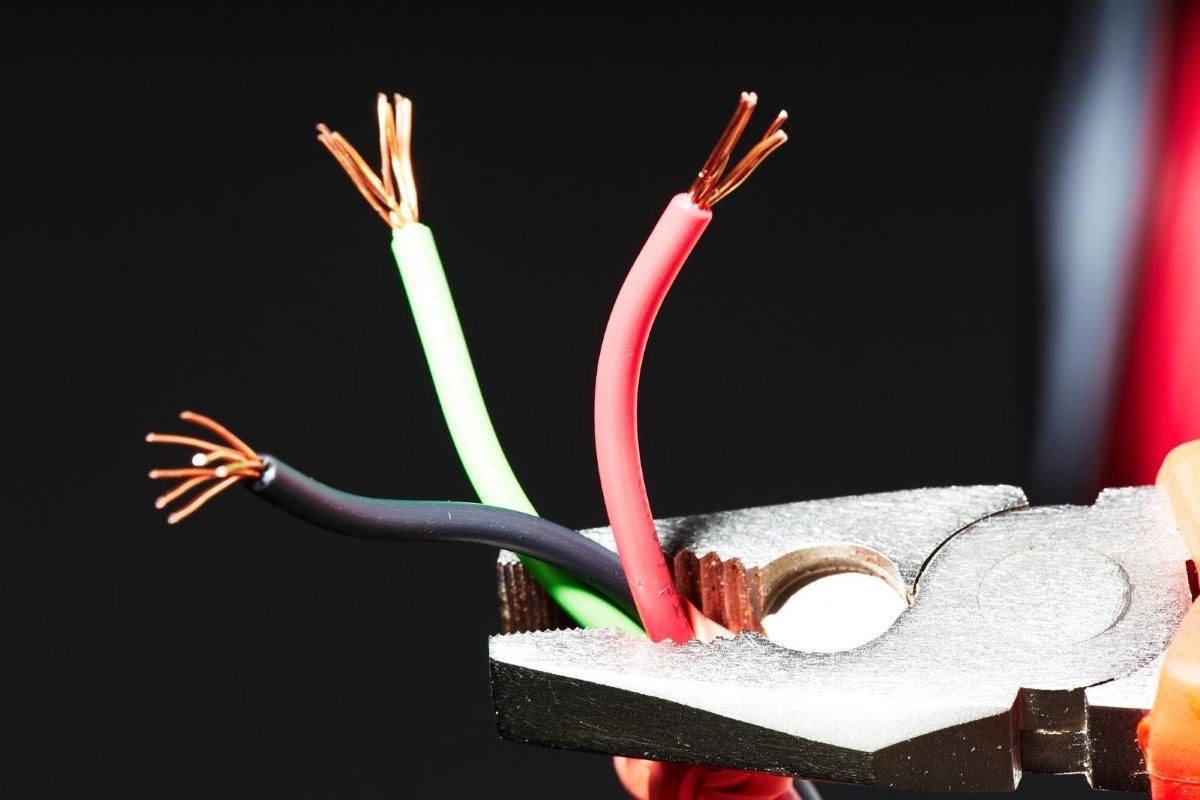
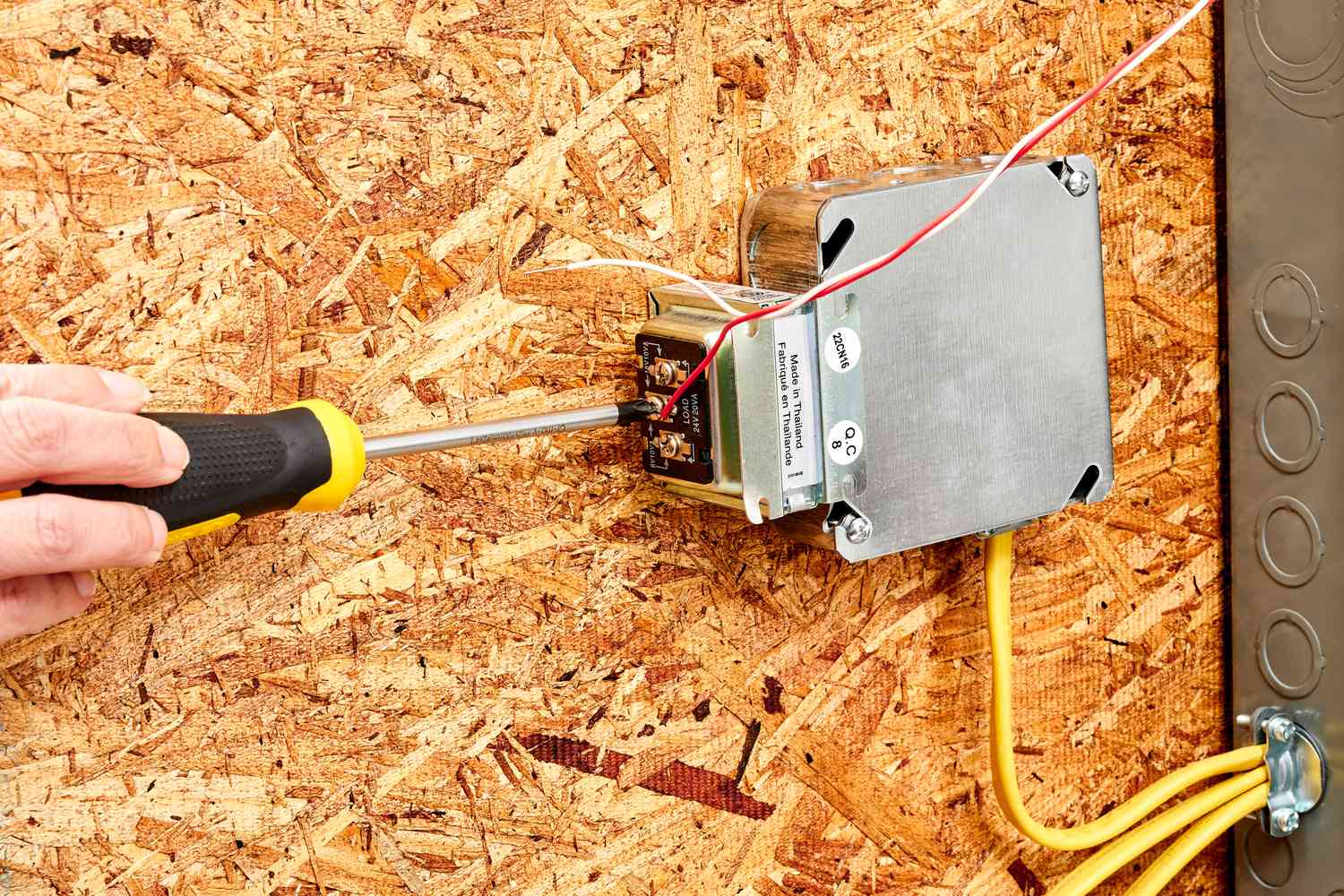
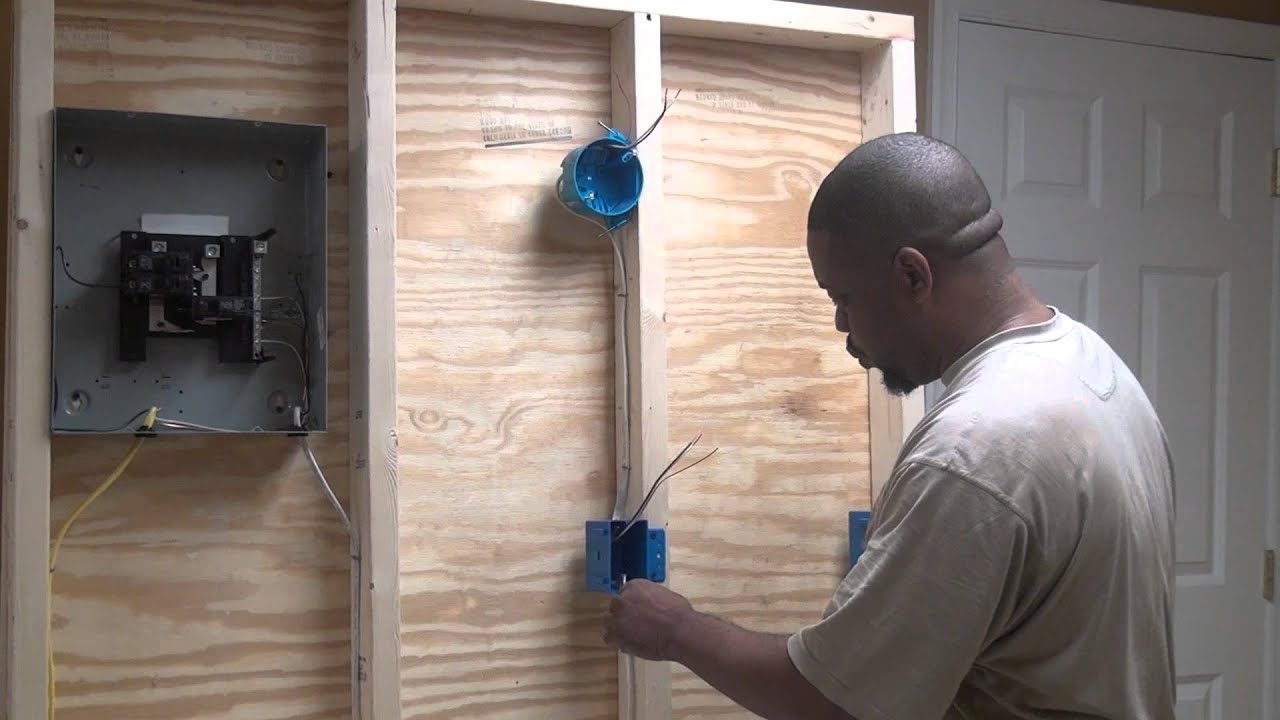
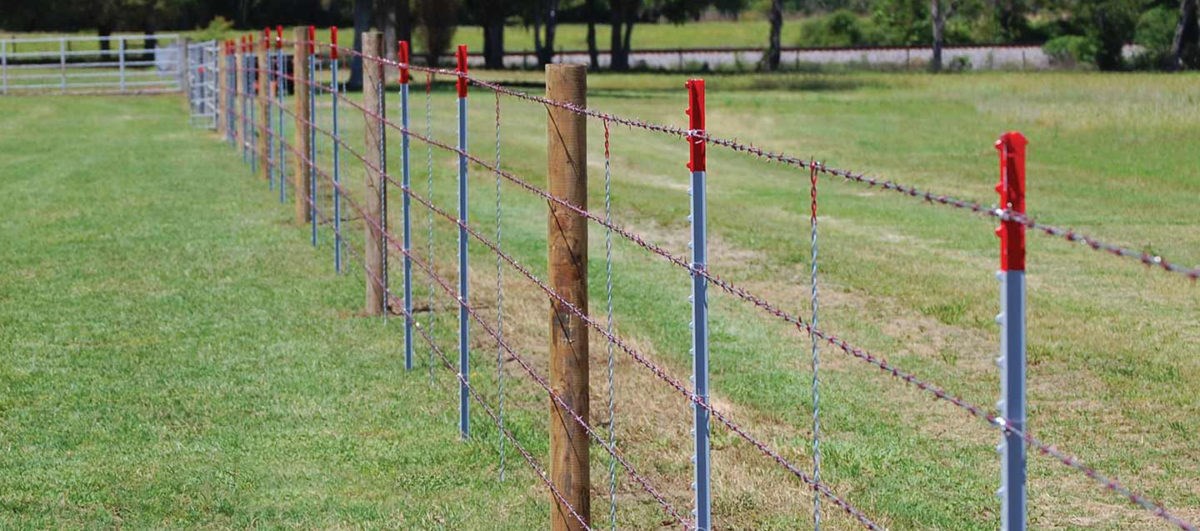
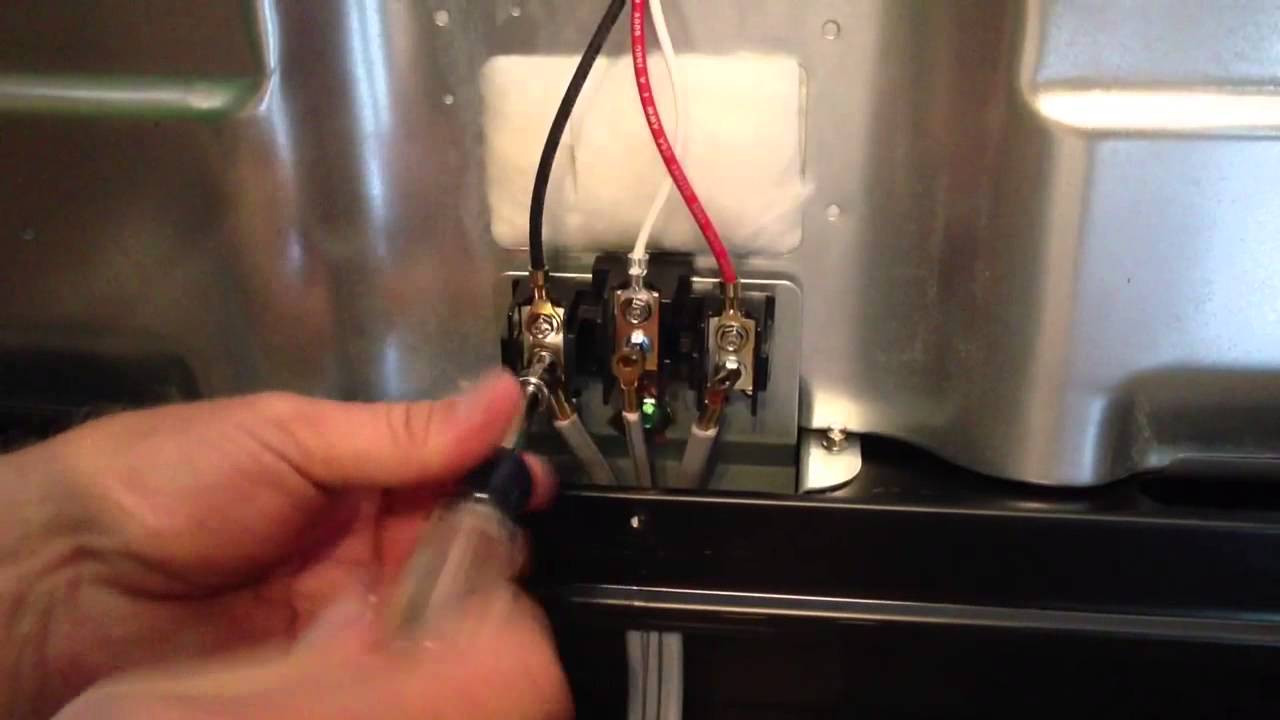
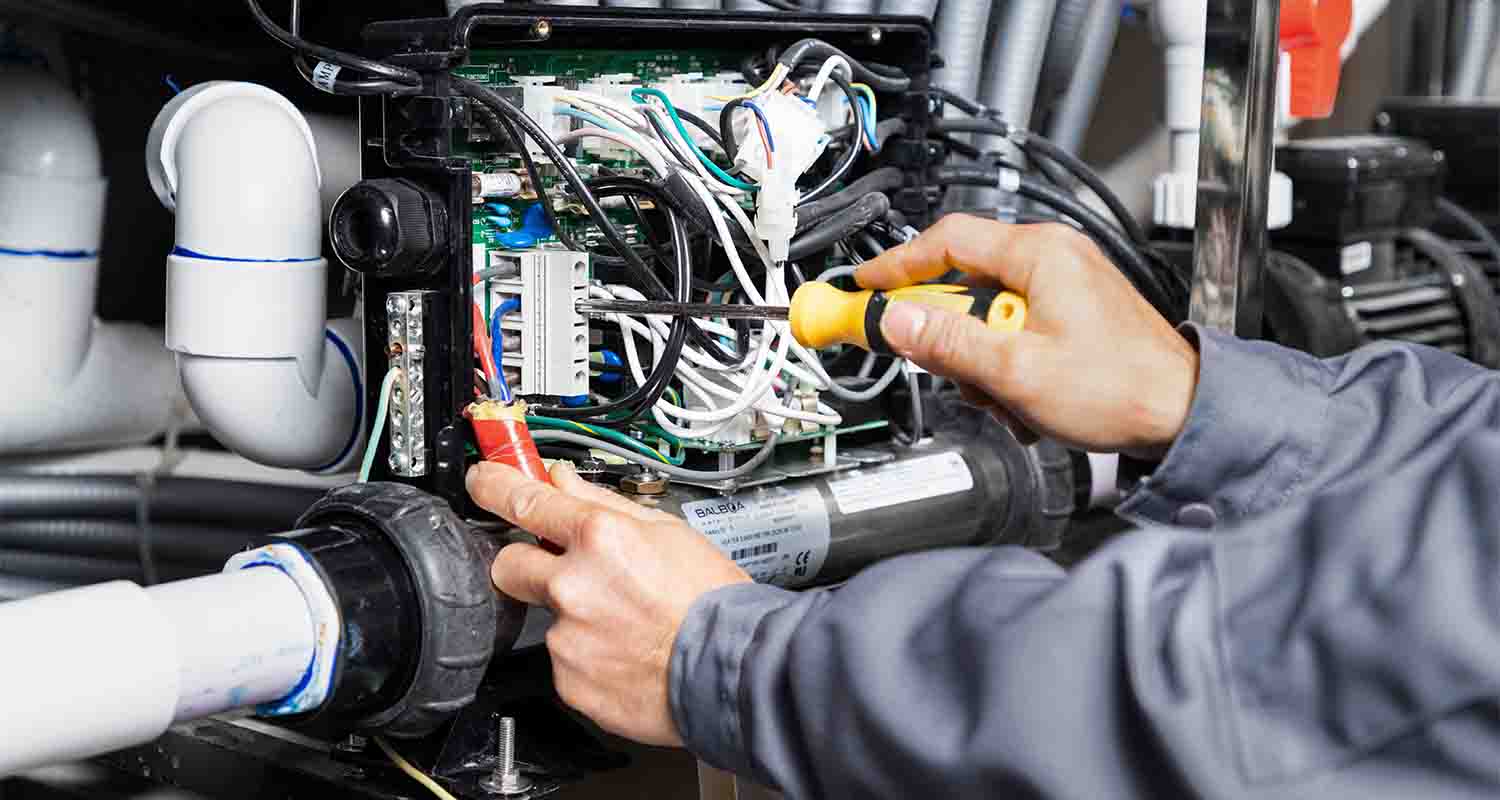
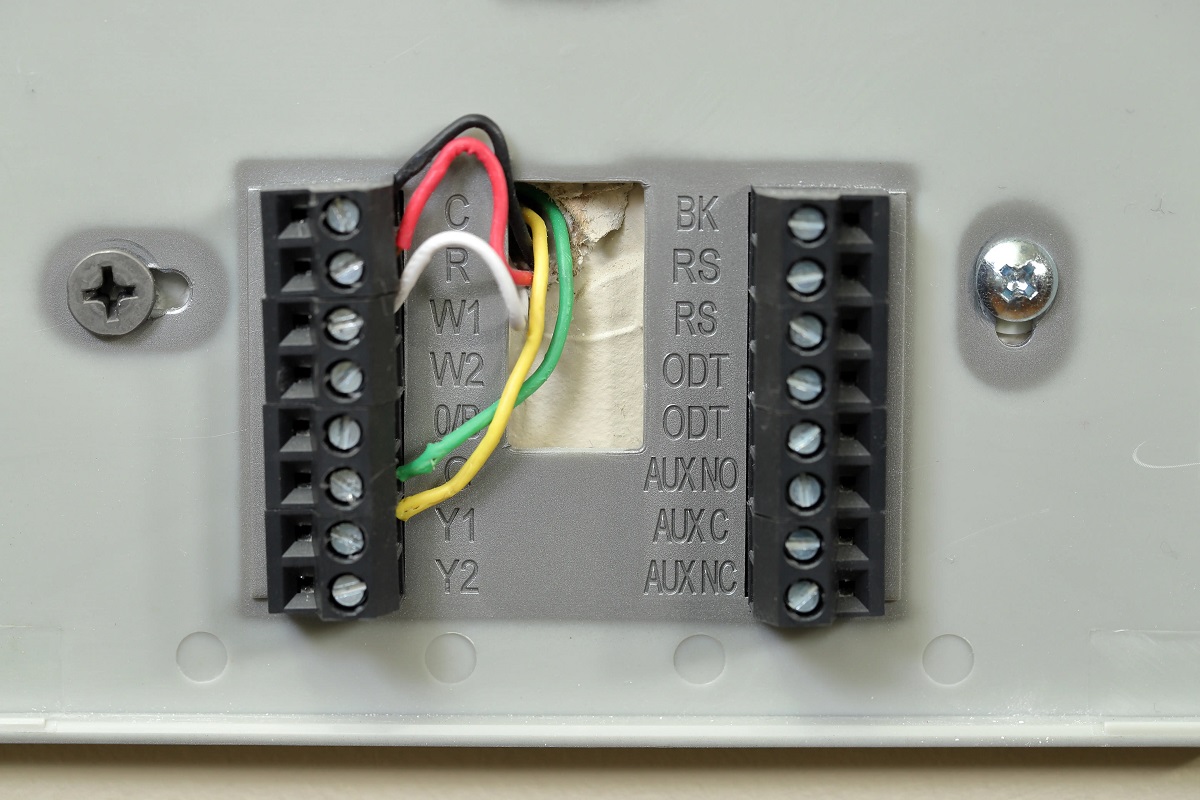
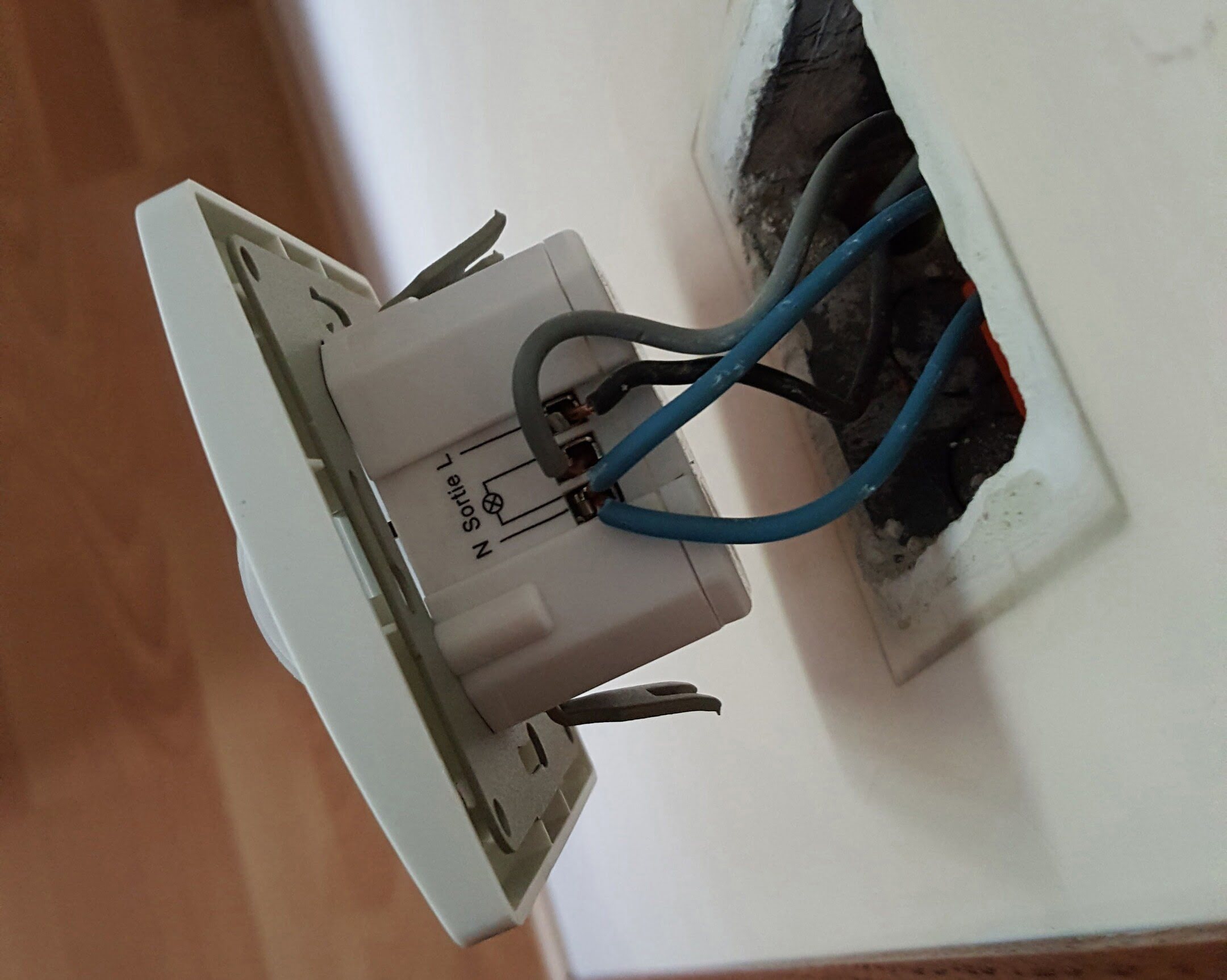


0 thoughts on “How To Store Wires”